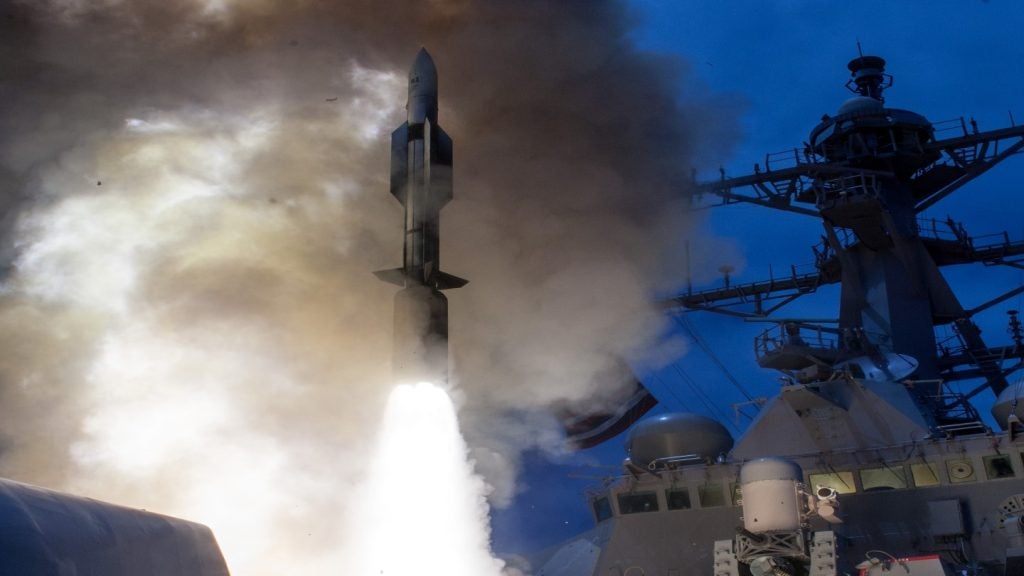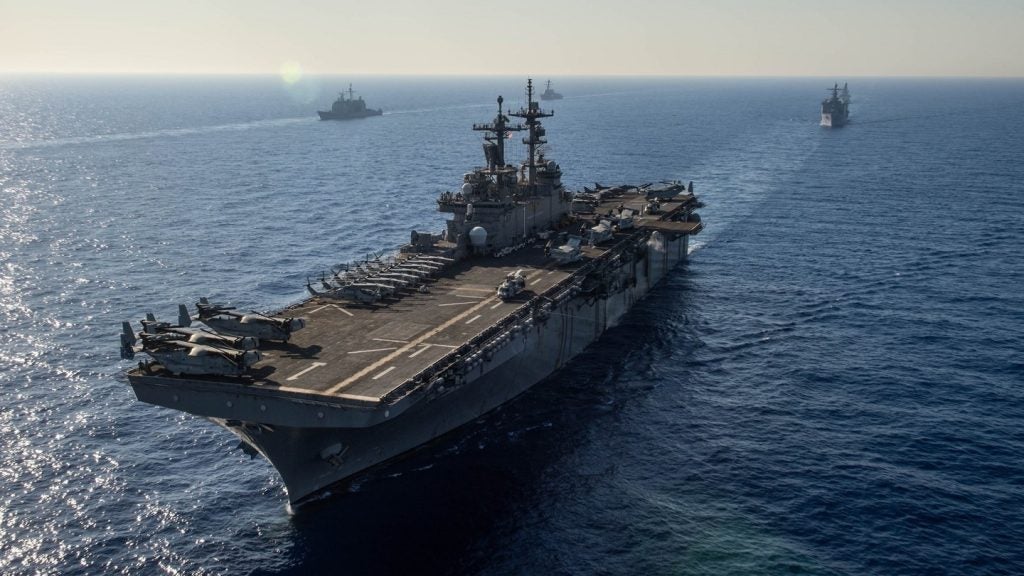
The US Defense Advanced Research Projects Agency (DARPA) has awarded the Phase III contract of the tactically exploited reconnaissance node (TERN) programme to a team led by the Northrop Grumman Corporation.
Tern, a joint programme between DARPA and the US Navy’s Office of Naval Research (ONR), is aimed at forward-deploying small ships as mobile launch and recovery sites for medium-altitude, long-endurance unmanned aerial systems (UAS).
The Tern designed technology will be akin to the Convair XFY-1 Pogo, an experimental ship-based vertical take-off and landing (VTOL) fighter designed by the navy in the 1950s to provide air support for fleets.
The third phase will involve engineering a full-scale demonstrator system of a medium-altitude long-endurance UAS, designed to use forward-deployed small vessels as mobile launch and recovery sites.
DARPA programme manager Dan Patt said: "The design we have in mind for the Tern demonstrator could greatly increase the effectiveness of any host ship by augmenting awareness, reach and connectivity."
Tern’s Phase III design is expected to procure a tailsitting, flying-wing aircraft with twin counter-rotating, nose-mounted propellers.
How well do you really know your competitors?
Access the most comprehensive Company Profiles on the market, powered by GlobalData. Save hours of research. Gain competitive edge.

Thank you!
Your download email will arrive shortly
Not ready to buy yet? Download a free sample
We are confident about the unique quality of our Company Profiles. However, we want you to make the most beneficial decision for your business, so we offer a free sample that you can download by submitting the below form
By GlobalDataThe propellers are fitted to lift the aircraft from the ship deck and align it to the required angle and exert propulsion for a flight. The aircraft, upon its return will be trailed back and lowered to the ship deck.
The technology will be deemed to augment the efficacy of small deck ships, such as destroyers and frigates, by providing them with their own UASs for intelligence, surveillance and reconnaissance (ISR), as well as other capabilities, at long-range.
Tern deputy programme manager Gil Graff said: "If successful, Tern could open up exciting future capabilities for navy small-deck surface combatants and US Marine Corps air expeditionary operations."
The technology is expected to be operational on sea after it undergoes ground-based testing.
In the first and second phases of the programme, work was focused on the preliminary design and risk reduction.
The Marine Corps War fighting Laboratory (MCWL) has pledged support to the programme as an expression of recognition of Tern’s potential.
In October 2014, as part of Tern, DARPA awarded contracts to AeroVironment and Aurora for the development of a new class of unmanned aircraft system (UAS), and a Sidearm launch and recovery system, respectively.
Image: A photo illustration of the Tern programme. Photo: courtesy of Defense Advanced Research Projects Agency.







